- 路 Microwave
- 路 Atmospheric Pressure Microwave 路 Pressure Microwave 路 Parallel Microwave
- 路 Ultrasonic 路Low Temperature Ultrasound
- 路 Ultraviolet Light
- 路 Microwave Heating 路 Atmospheric Pressure Synthesis 路 Atmospheric Pressure Catalysis 路 Atmospheric Pressure Extraction
- 路 Sample Preparation 路 Microwave Digestion
- 路 Soil Digestion 路 High Pressure Synthesis
- 路 Solid Phase Synthesis
- 路 Organic Synthesis
- 路 Ionic Liquid Synthesis
- 路 Degradation Of Natural Organic Matter
- 路 Natural Product Extraction / Purification
河北祥鹄科学仪器有限公司
800C Dissolution Rate and Health Risk Assessment of Heavy Metals in Flower Tea
This paper was completed by a research scholar at the School of Forensic Medicine and Medical Examination of Jining Medical College. The paper discusses the dissolution rate of heavy metals and the health risk assessment in flower tea, and published it in the important journal "Journal of Jining Medical College".
OBJECTIVE: To determine the content and dissolution rate of heavy metals in flower tea, and to explore the effects of drinking tea on human health, and then guide people to drink tea. METHODS: The content of heavy metal arsenic in three common flower teas of lily, chrysanthemum and rose was determined by atomic fluorescence spectrophotometry. At the same time, the immersion process of tea was simulated, and the dissolution rate of arsenic in tea soup was determined and the dissolution rate was calculated. Results: The average values of arsenic in lily, chrysanthemum and rose were 0.700, 0.265 and 0.413 mg / kg, respectively. According to the 2012 Agricultural Industry Standards of the People's Republic of China (NY/T2140-2012), the limit of arsenic ( 0.5 mg / kg), lilies exceeded the standard, chrysanthemums, roses meet the standard; lily arsenic dissolution rate was 6.86% ~ 15.88%, chrysanthemum arsenic dissolution rate was 5.48% ~ 28.42% The arsenic dissolution rate of rose is 63.62% to 83.83%. Conclusion: Although flower tea has certain health care effects, we should also notice the impact of heavy metals in flower tea on human health. In order to avoid excessive intake of arsenic, we should first wash tea and avoid drinking. Soak the tea soup overnight.

Fig.1/3↑

Fig.2/3↑

Fig.3/3↑
Among the three kinds of flower teas, the lily is out of the standard, and the chrysanthemum and rose meet the standard. The dissolution rate of arsenic in scented tea increased with the immersion time, suggesting that we should reduce the soaking time during the tea drinking process and avoid drinking the overnight tea soup. The dissolution rate of arsenic in scented tea decreased with the increase of the number of soaking, suggesting that we should abandon the first brewing tea during tea drinking. Although the flower tea contains heavy metal arsenic, it is not enough to cause harm to the human body during normal drinking.
The collected three kinds of flower tea samples were placed in a 110 ° C box-type resistance furnace control box and baked to constant weight. After cooling, they were pulverized by a high-speed universal pulverizer and sieved for use. Weigh 3 replicates of each flower tea, each 0.3g (accurate to 0.0001g), put in the Teflon liner, add 5ml concentrated nitric acid, 2ml hydrogen peroxide solution, and let stand for 3h Pre-digestion, and then placed in a microwave digestion apparatus for digestion (see Table 1 for digestion conditions). After digestion, take out the acid treatment. After cooling, use a 20 ml syringe to separate the liquid and liquid in the digestion solution through a 0.45 μm microfiltration membrane. Impurities, transferred to a 25ml colorimetric tube and made up to volume with 5% hydrochloric acid solution.








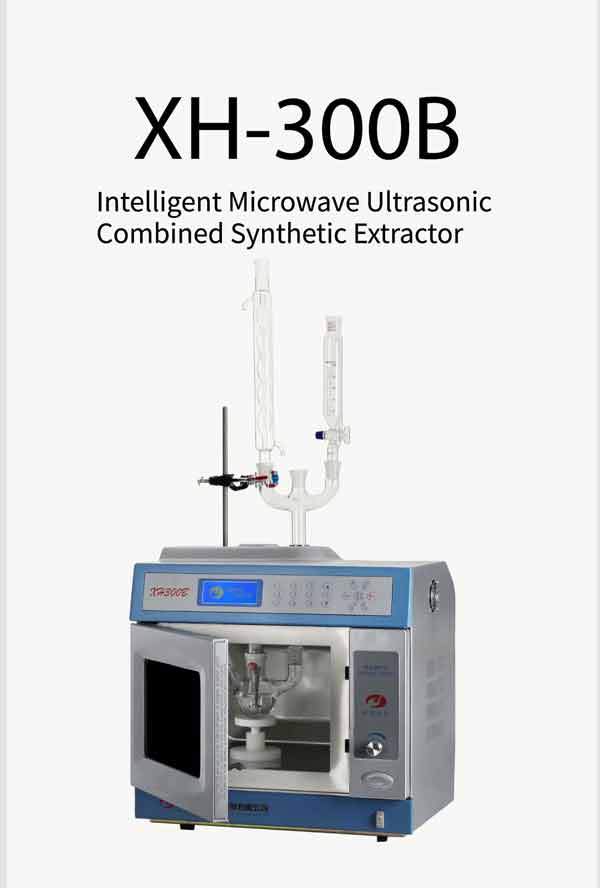

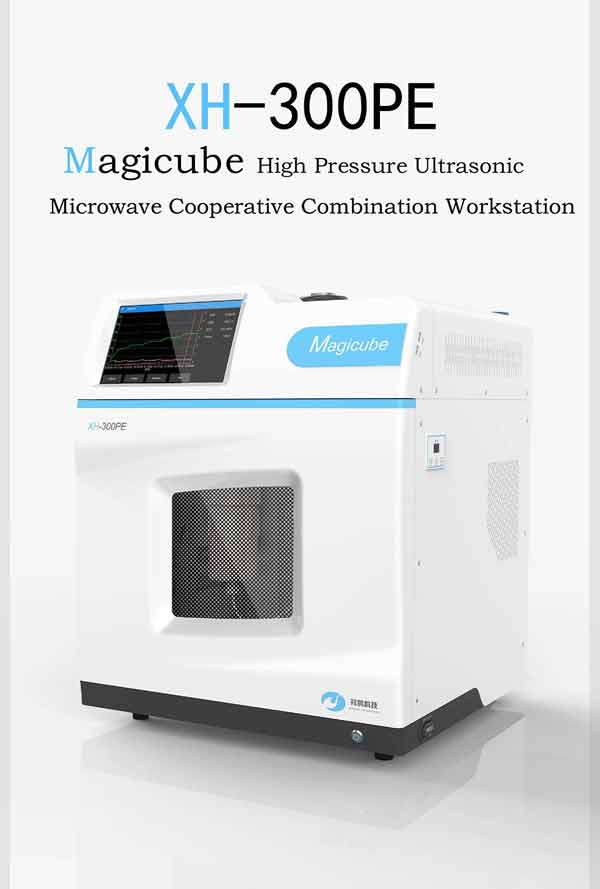
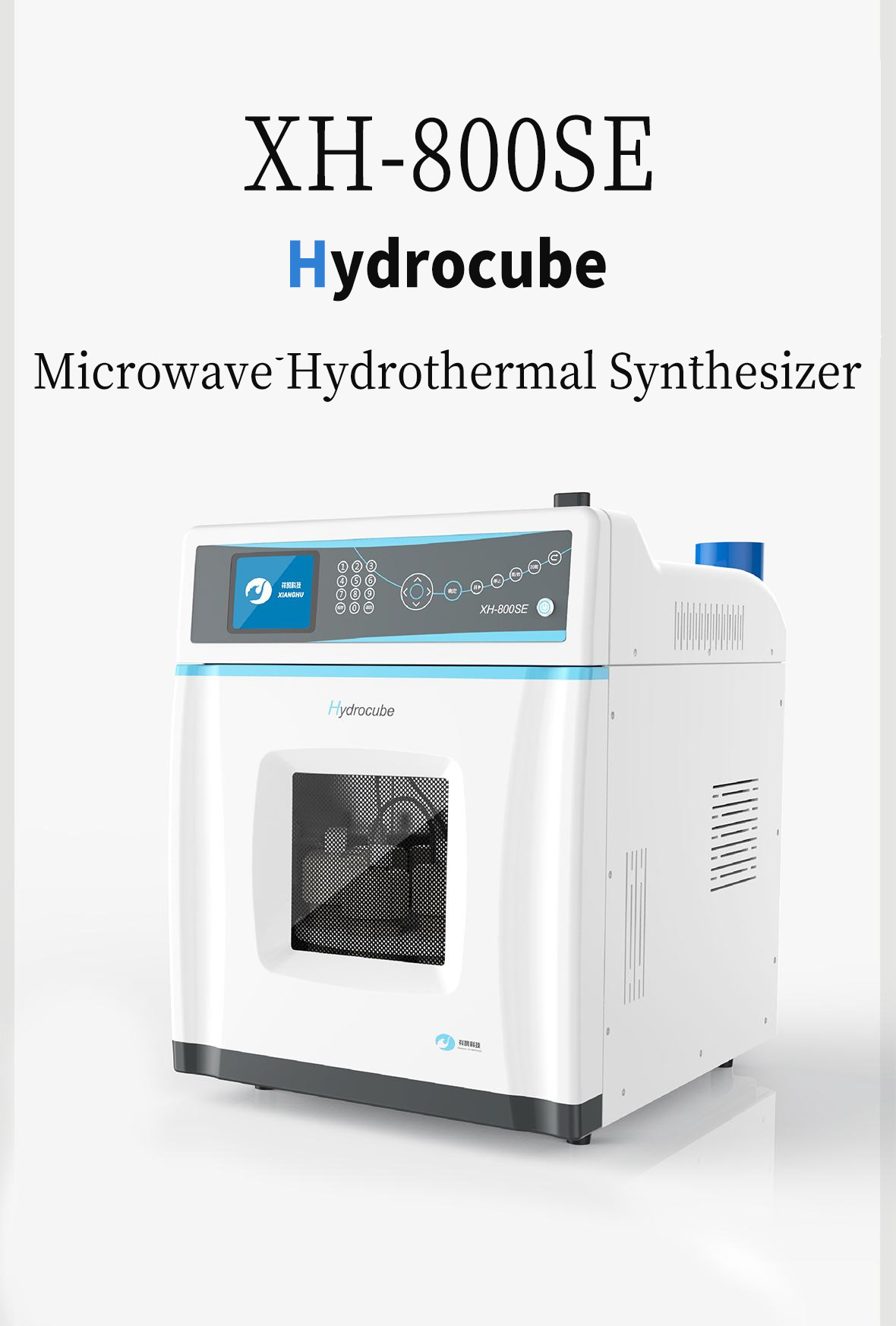
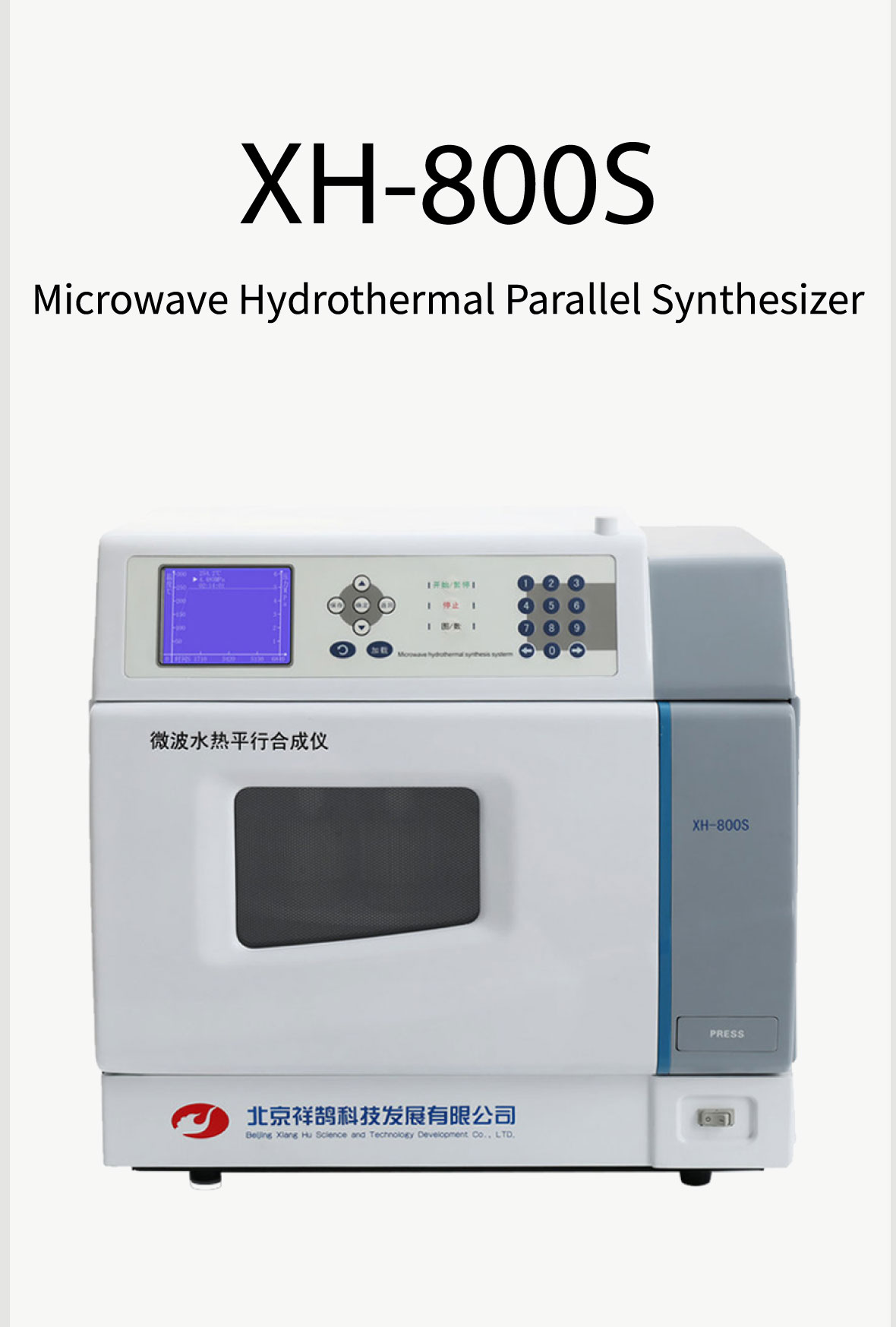
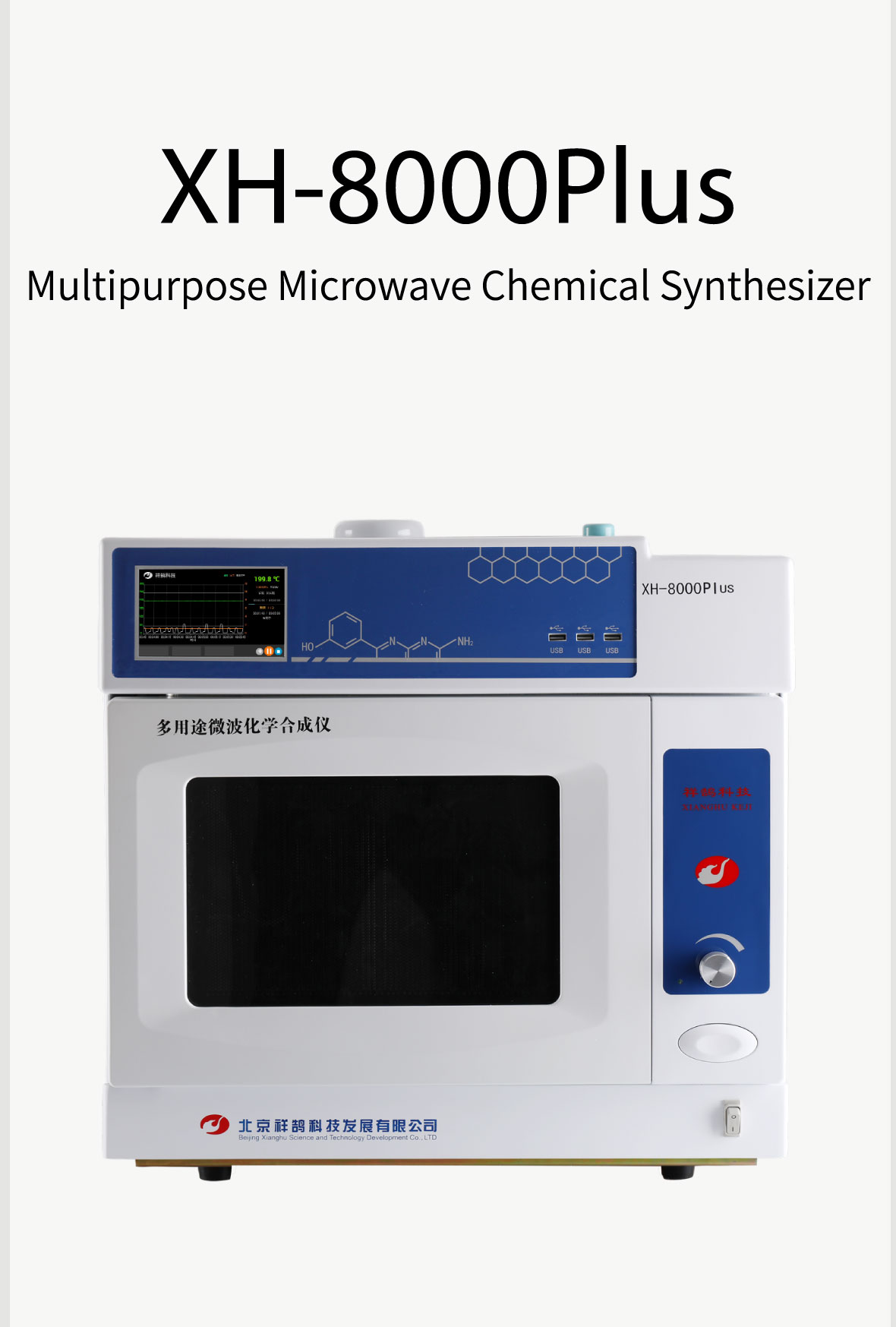
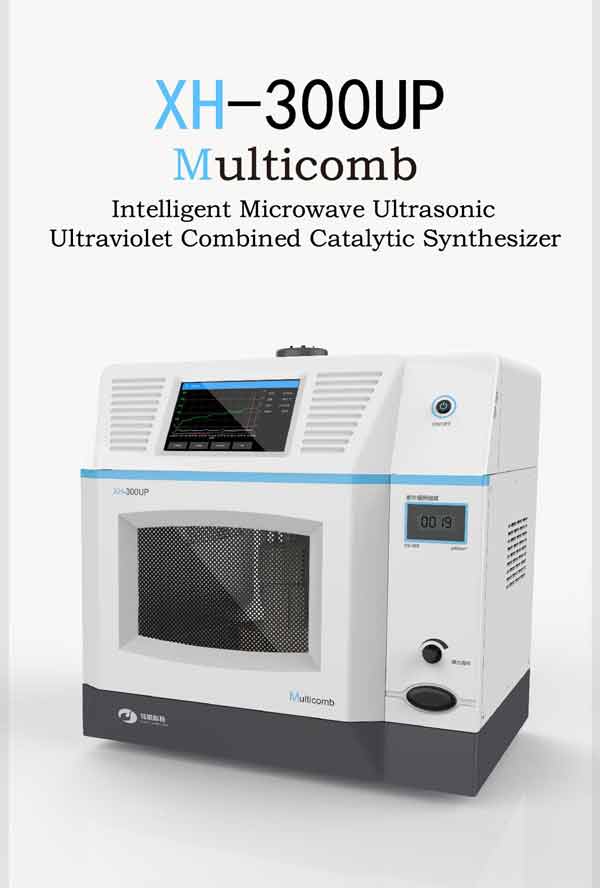
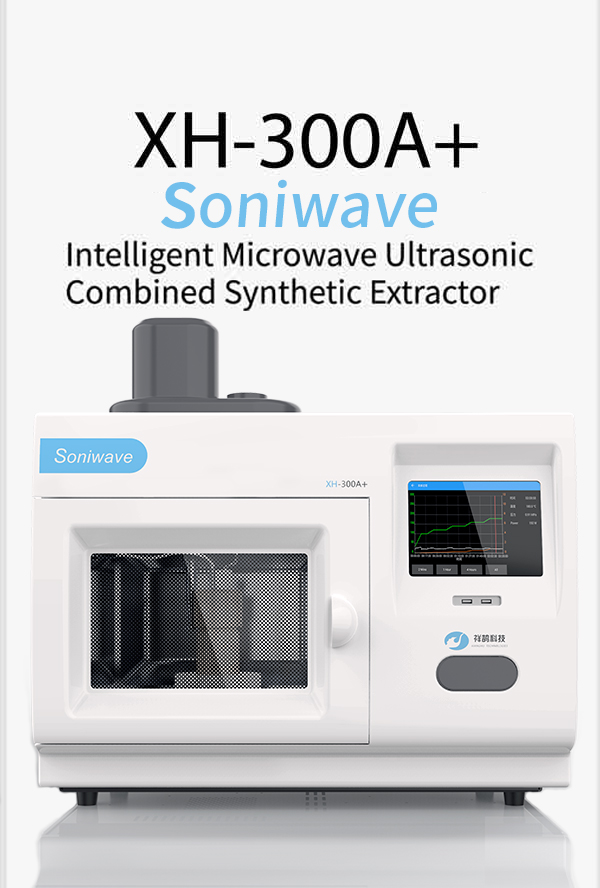

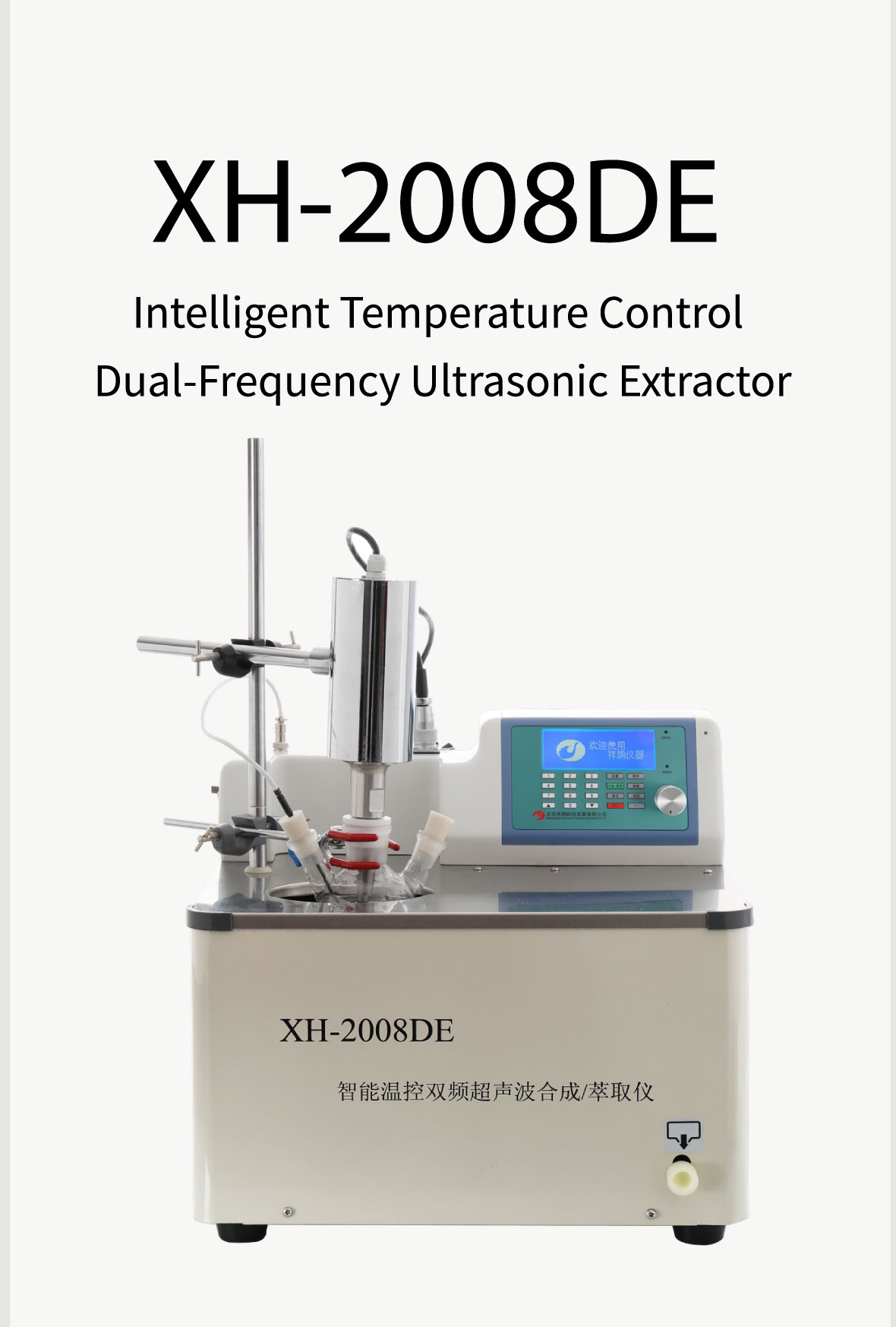



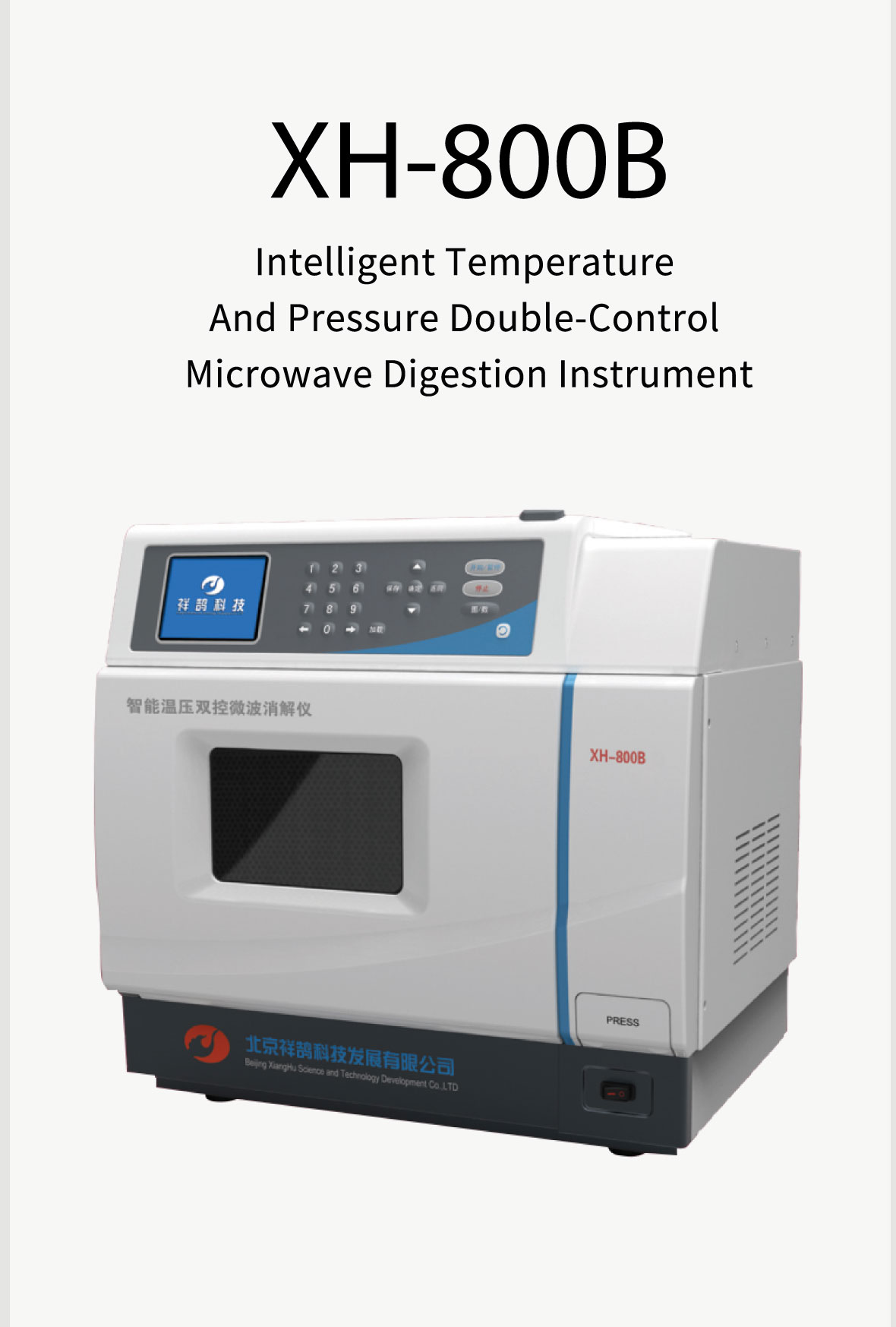

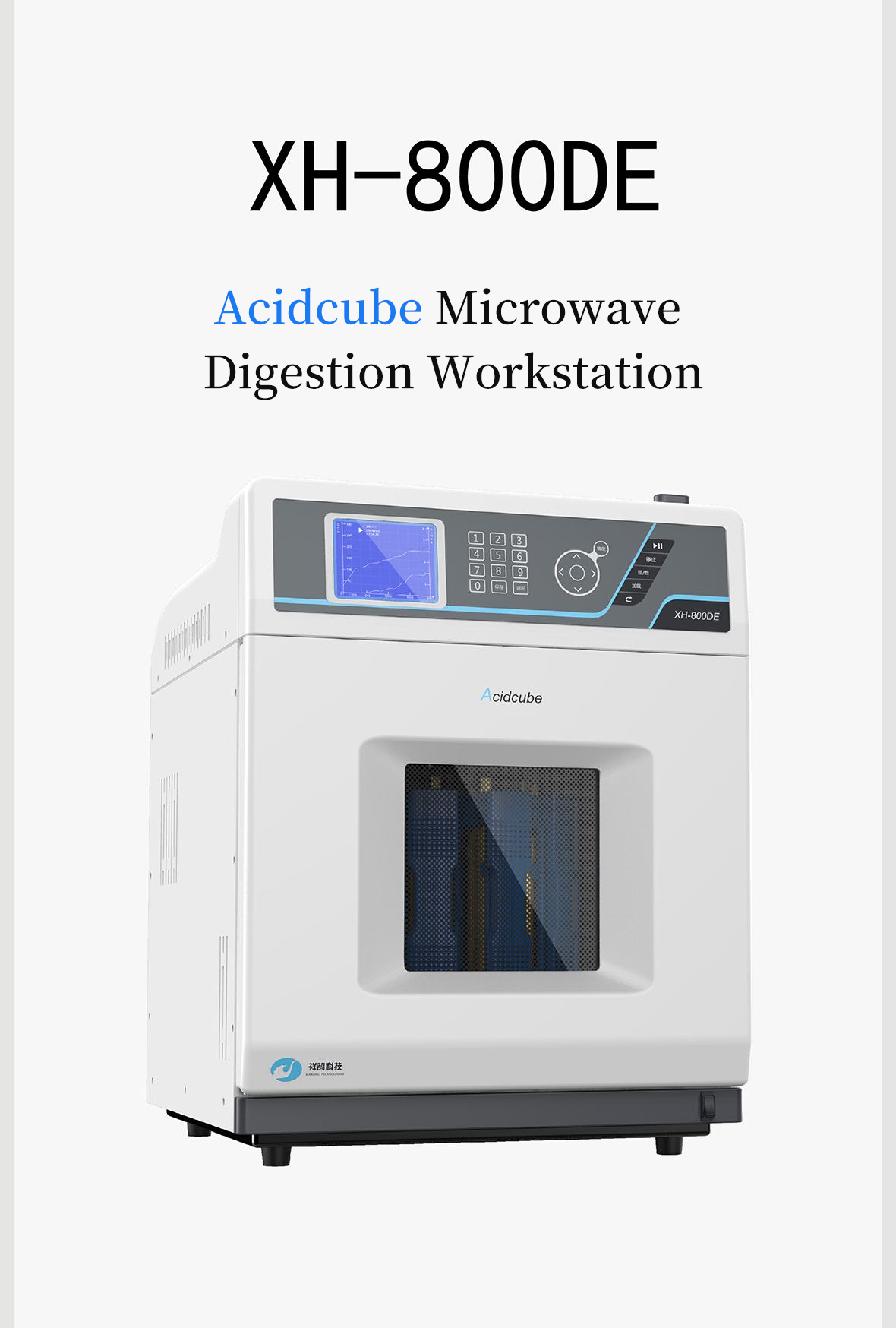

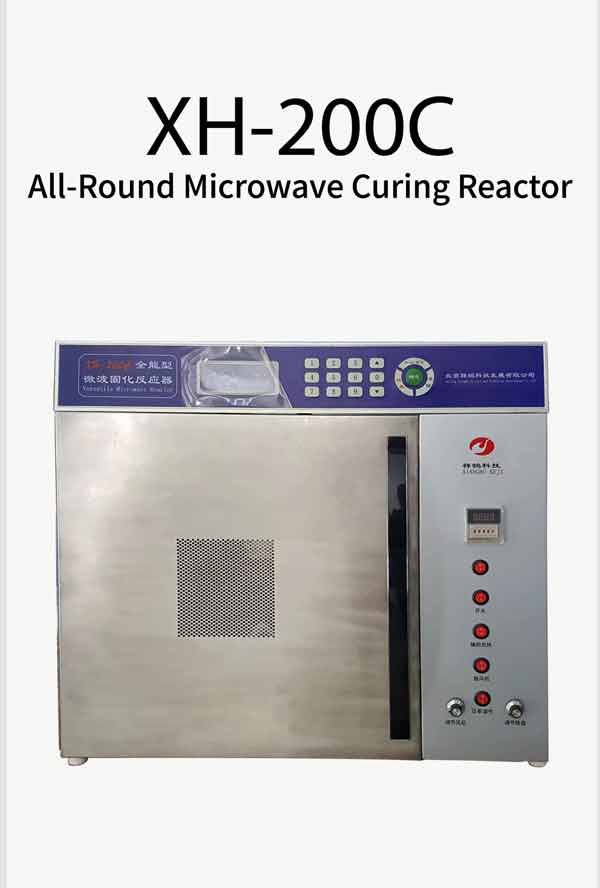
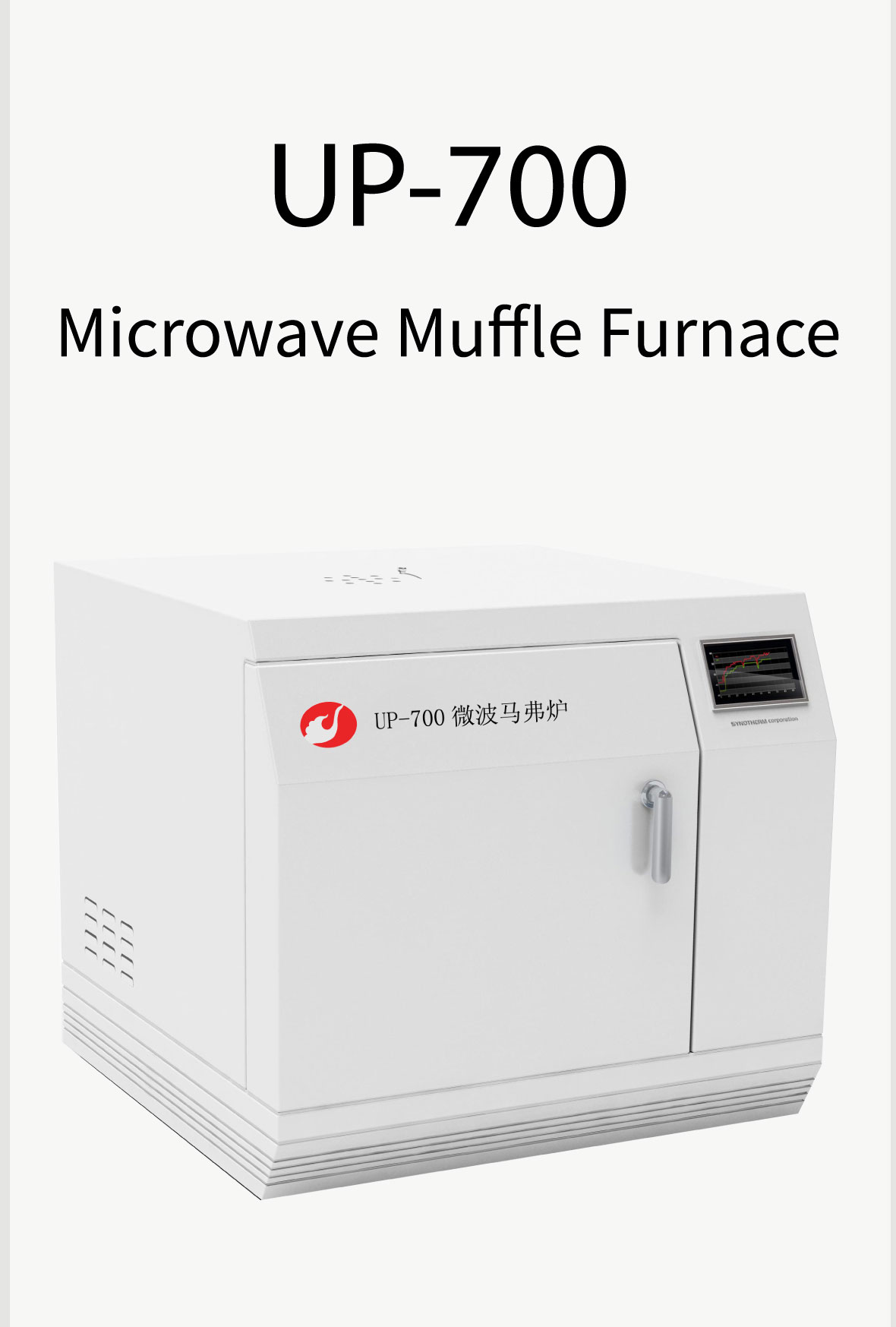

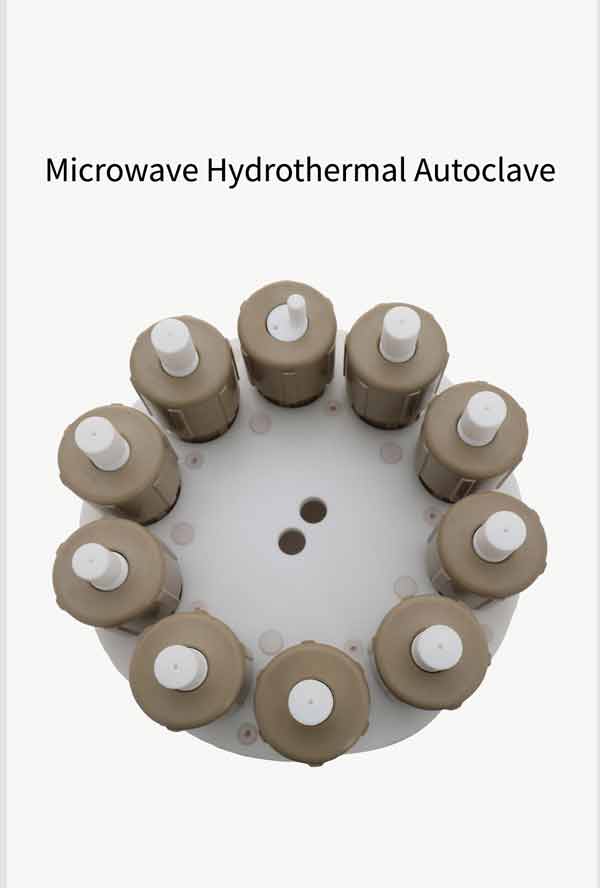

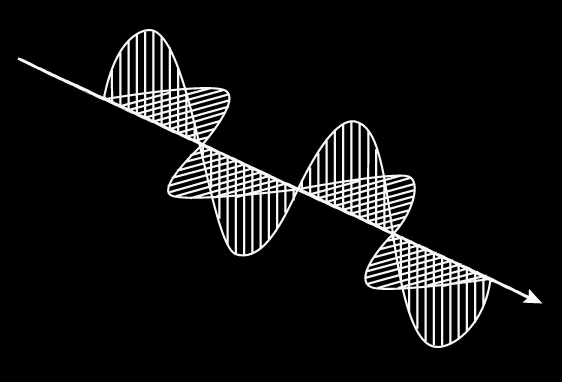

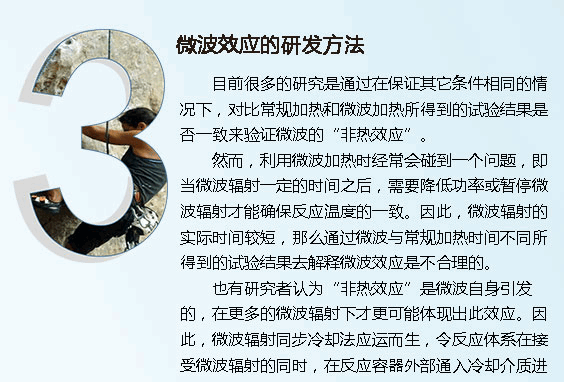
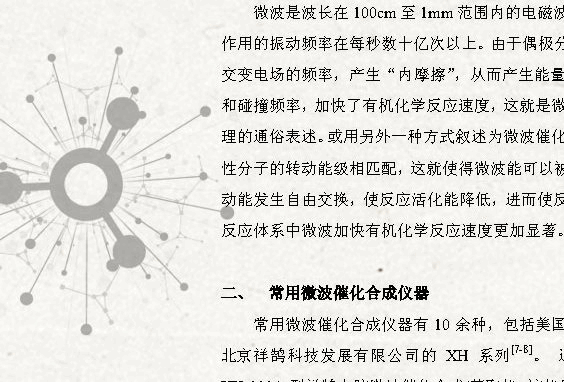

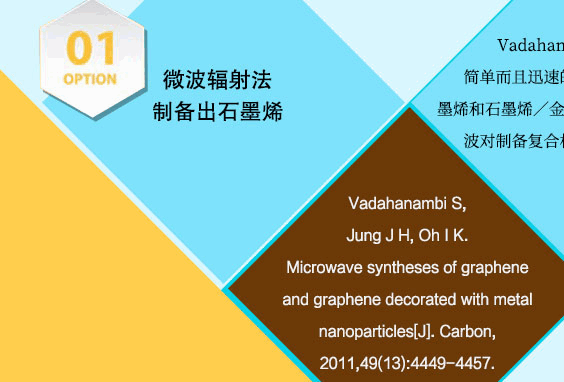
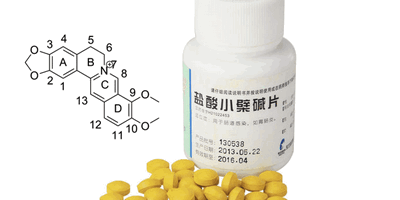


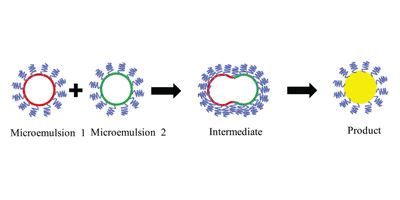
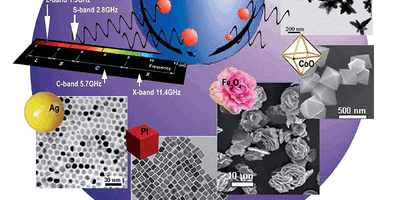
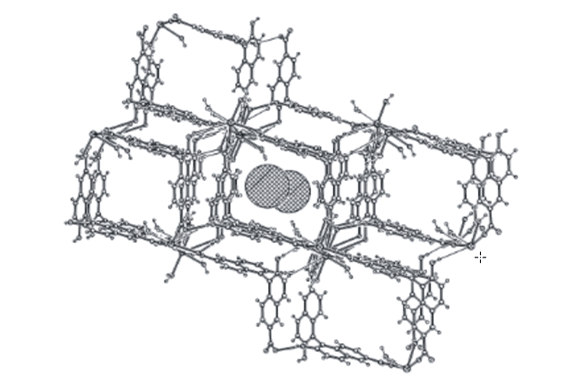
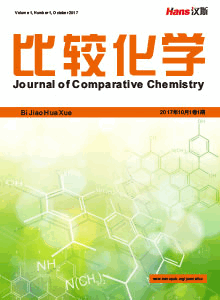
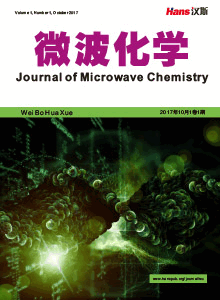
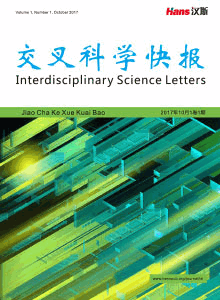




 京ICP备15050585号
京ICP备15050585号

